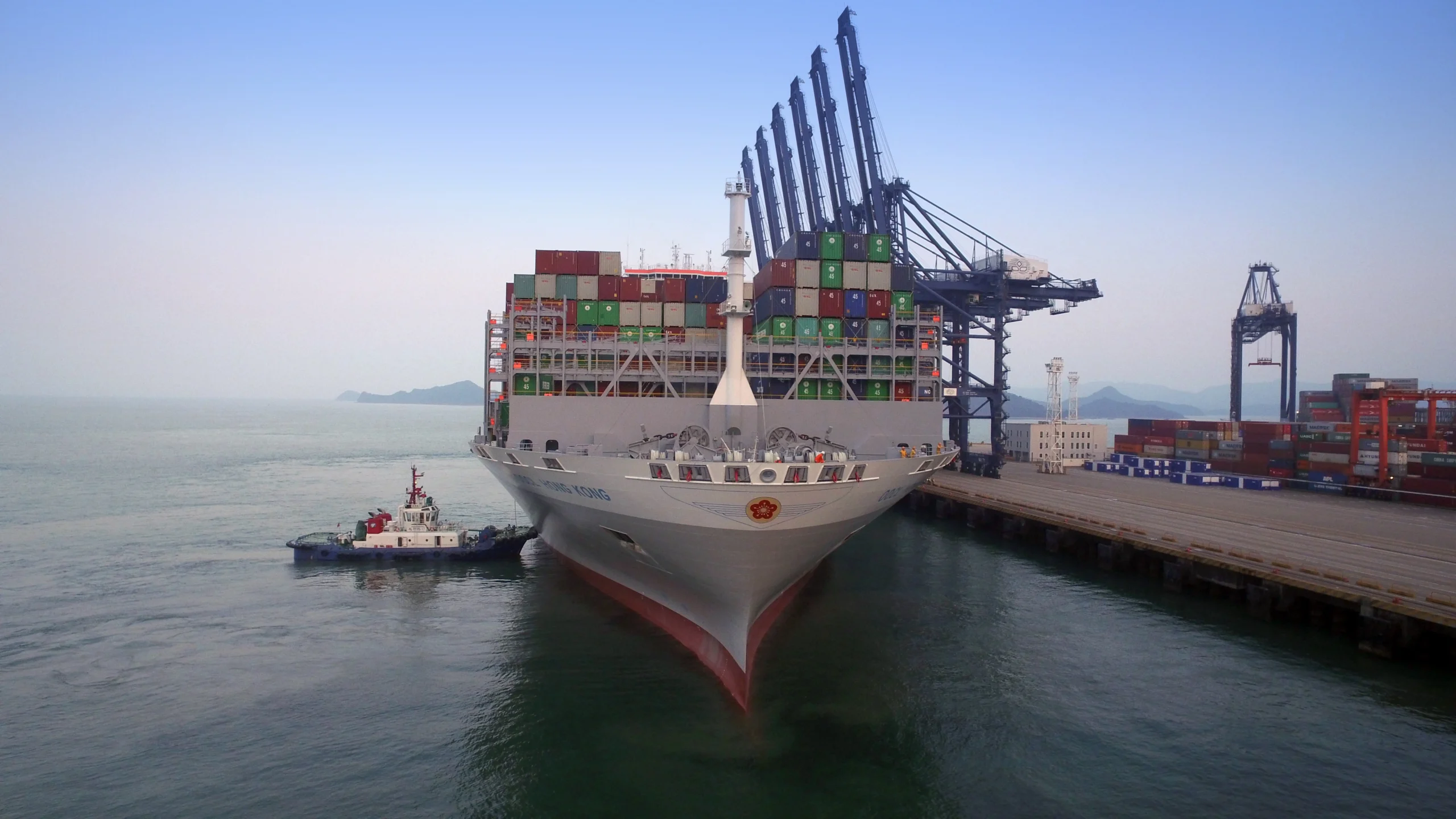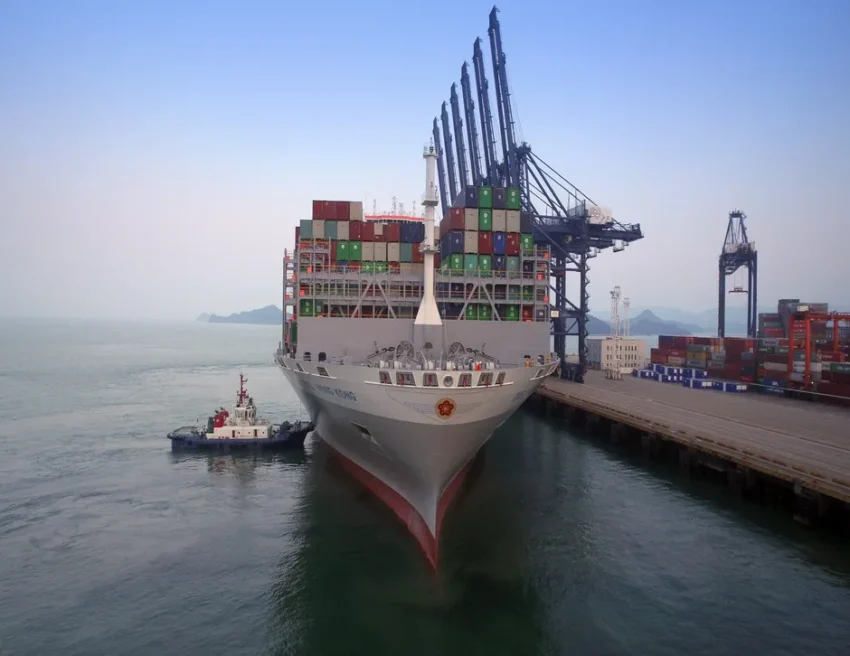In the last few years, the role of container ports has considerably evolved due to the increased competition in the container shipping industry. In the face of the global challenges that have surfaced since the pandemic along with the digitization trend in the industry, port authorities around the world are opting for a collaborative approach. This collaboration among international ports will help to fulfill several objectives of the ocean freight industry including sustainability, digitization, better services, and enhanced connectivity. In today’s post, we are going to take a look at several collaboration endeavours among the international port authorities and how they are benefiting the shipping sector.

Collaborative endeavours in the container shipping industry
Ports of Antwerp and Bruges
The Ports of Antwerp and Bruges in Belgium have started to unify since signing an agreement last year. The two important ports will henceforth be called the Port of Antwerp-Bruges. While 80.2% of the ownership of the port will belong to Antwerp, the rest 19.8% will be owned by the municipality of Bruges. This port is set to become one of the continent’s largest ports that will surpass the Port of Rotterdam.
Additionally, the new port of Antwerp-Bruges also aims to become one of the largest bulk ports in Europe that will be responsible for handling over 15% of the gas transportation of Europe. Recently, this port has received a grant of $152 million for the construction of shared carbon dioxide transportation facilities on the Antwerp port platform. Lastly, the Port of Antwerp-Bruges is also set to become one of Europe’s chief centres of hydrogen import.
Ports of Malmo and Copenhagen
The Port of Copenhagen in Denmark and the Port of Malmo in Sweden have entered into a unique cross-border collaboration. The union of these two ports was the earliest instance of collaboration among port authorities. The Copenhagen Malmo Port is the only international port that has two separate countries as its owners.
The Port of Los Angeles and the Port of Long Beach
The Ports of Long Beach and Los Angeles also have entered into an alliance to boost their freight operations in San Pedro Bay. This collaboration between the two ports is also helping the ocean freight shipping in the US to speed up the movement of shipments to/from Asian countries. The two ports together are responsible for moving 37% of the sea freight imports and 25% of exports. Additionally, the collaboration of these two ports has generated nearly three million jobs.
In the future, the two ports will cooperate in more areas of operation to enhance competitiveness and augment the logistics chain. Moreover, together the Ports of Long Beach and LA are also improving workforce development and digital connectivity.
Recently, the two ports have teamed up with the Port of Singapore for creating a digital green shipping corridor. In this context, the Executive Director of the Port of Long Beach stated, “Decarbonizing the supply chain is the future of our industry, and partnerships like this on the world’s most important trade route are important for fulfilling that ultimate goal.”
Port of Busan and Port of Barcelona
The Port of Barcelona in Spain and the Port of Busan, Korea, have signed an agreement and created a Korean logistics platform in the Port of Barcelona. These two ports have also agreed to start a company for the management and promotion of this B2B logistics platform. They have also jointly opened the warehouse with an area of 8,920 sq m in the Port of Barcelona from which this logistics platform will operate. This platform will help to boost the role of the Port of Barcelona as the key entry point of shipments from Korea into the South of Europe. Additionally, it will also act as a distribution centre for cargo intended for markets in France, Italy, Portugal and Spain.
Busan is the 6th largest port in the world that is responsible for over 50% of the goods transiting through the Port of Barcelona. In the words of Jordi Torrent, the Director of Strategy of the Port of Barcelona, “Both ports have maintained a close relationship for a long time through various forums such as the IAPH or ChainPORT. This is a unique case of collaboration and the creation of a joint venture between two ports in developed countries, as there are similar examples between ports in developed and developing countries.”
Ports in the Netherlands and Belgium
Several ports in Belgium and the Netherlands are forging an alliance to develop a single electric power system to supply energy while the ships are docked. The main objective of the creation of this power system is to lower CO2 emissions by reducing truck traffic and enhancing the river freight operations from the participating ports. The ports that form part of this alliance include the Port of Rotterdam, the Port of North Sea, the Port of Antwerp, Port of De Vlaamse Waterweg, and the Port of Amsterdam.
In conclusion, we can say that all the above mentioned examples of collaboration in the container shipping industry demonstrate that the key international ports are adopting a strategy of joint action, cooperation, and the establishment of alliances. These collaborations are fostering innovation and enabling them to better prepare for the uncertain future in an increasingly volatile sector.


